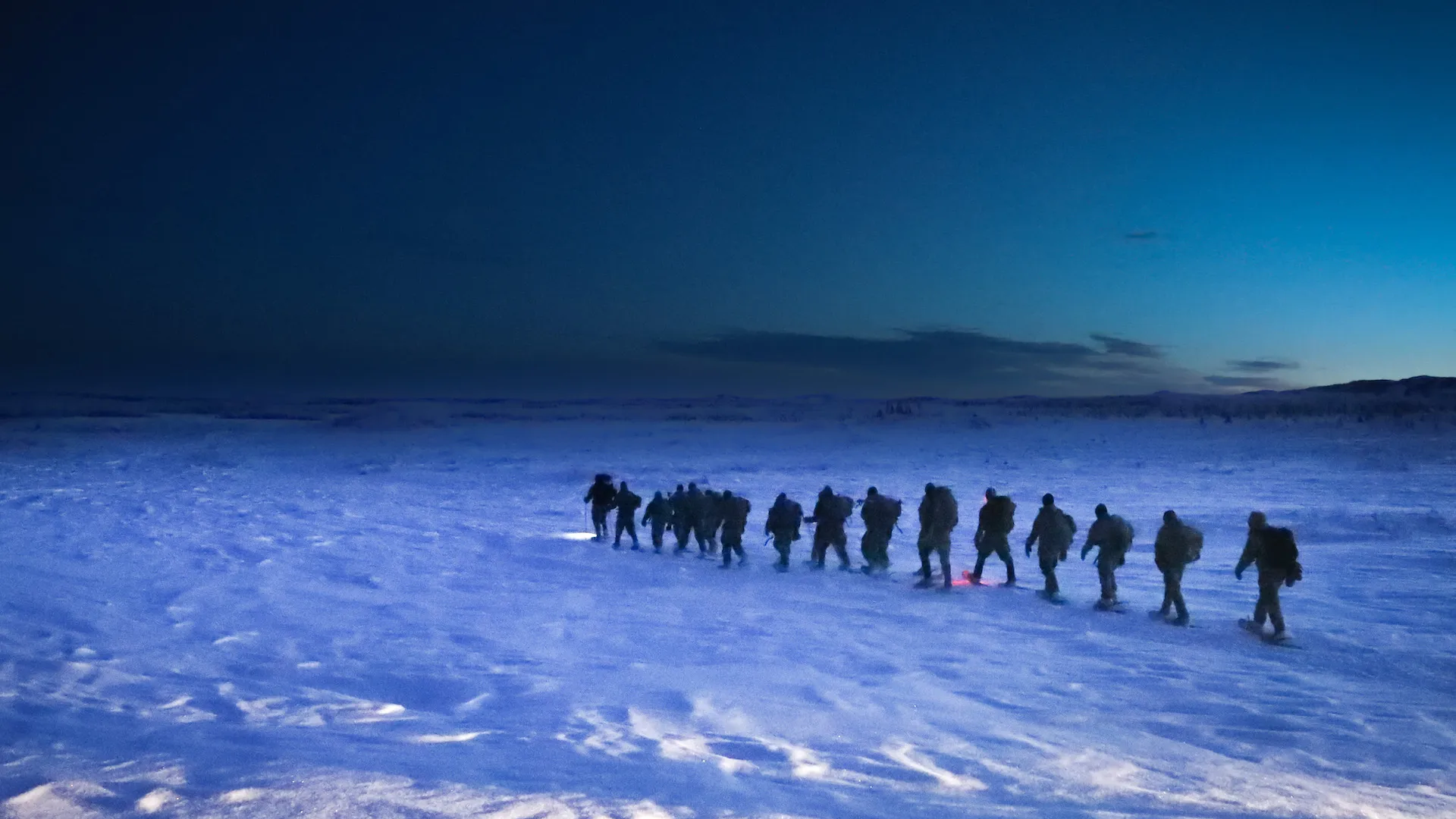

Despite being home to thousands of tropical islands and thick jungles, there are portions of the Indo Pacific region that will require “arctic capable forces,” according to the Army general in charge of the service’s forces in the Pacific.
“There is definitely extreme cold weather, mountainous, high altitude operations that occur in the Indo Pacific,” said Gen. Charles Flynn, commander of Army Pacific. “One of the challenges that we are faced with in the region is just the wide variations of the environment conditions that you have to operate in.”
Flynn’s comments were made during a roundtable in Washington D.C. with reporters Friday. Around 107,000 soldiers and civilians make up Army Pacific, the service’s major command tasked with overseeing an area extending from Alaska and Hawaii to Guam, Japan, and South Korea.
Earlier this week, Flynn took part in a series of wargames centered on the Arctic at the Army’s War College in Pennsylvania, which has a dedicated Department of Strategic Wargaming. The war game focused on the “deployment and the employment” capabilities of the 11th Airborne Division in Alaska, which the Army has transformed in the last two years into its primary arctic presence. The goal was to identify arctic requirements, create a war plan, and then put it into action.
The National Defense Strategy has called out the strategic importance of the Arctic both politically and economically as a hub of maritime trade and natural resources.
Flynn said the Army also focuses on the Bering Strait’s role as a “geostrategic choke point,” splitting Alaska and Russia by just over 50 miles.

Relearning how to fight in the cold
The goal across Army Pacific, said Flynn, is to refocus training and equipment after more than two decades of fighting in Afghanistan and Iraq.
Subscribe to Task & Purpose today. Get the latest military news and culture in your inbox daily.
“We had for the better part of 20 years been focused so much on the Middle East because the conveyor belt of unit deployments there, that we had lost some of our edge,” Flynn said. The two brigade combat teams that now make up the 11th Airborne, Flynn said, were frequently deployed to the region.
“They weren’t too worried about being able to survive and move, communicate, shoot, operate or even live at 20 degrees below zero at 9,000 feet, or flying helicopters and moving supplies,” he said. When it’s 10 degrees below zero, blood storage and triaging a casualty is different from doing it in 80 or 100-degree weather in the middle of the desert, he added.
In 2022, the Army created the 11th Airborne Division by combining and redesignating the units of U.S. Army Alaska. The decision revived a unit name whose service traced to airborne operations in the Pacific during WWII, according to the service.
The Army’s Joint Pacific Multinational Readiness Center, which is based in Hawaii, also has an Alaska training center. The two centers hold rotating schedules, with Hawaii holding jungle training in the fall, and the Alaska center hosting arctic-focused training in the spring.
The Army has two training complexes in Alaska, called the Yukon and the Donnelly training areas, which Flynn called “a massive piece of property” with access to not only the land but the airspace. Along with ground training, the Army also flies manned and unmanned systems there, he said.
“There’s a wide range of ground, air and obviously, space assets that can be brought to bear there,” he said. “It’s just a fantastic location to conduct joint and multinational training so we can increase our readiness in the Arctic and we can be prepared for not just what’s being sought by our partners in the region, but also NATO countries like Canada.”
“That’s an example of if you do that for too long, you forget what it takes to do that, what it takes to move by snowshoe long distances after an airborne operation or an air assault operation with light forces,” he said. “When you live and operate in the Arctic, it’s different than being on an airfield. You’re going to have to find a place to sleep and find a place to make sure that you can survive so that you can actually operate and fight.”
Flynn also said troops around the Pacific will continue to expand joint training with partner nations in the region with exercises like Talisman Sabre with Australia and Operation Pathways.
The 11th Airborne has developed training pacts with Nepal, Mongolia and India. One of the yearly bilateral exercises, Yudh Abhyas, with the Indian Army takes place in the high altitudes of the Himalayas, he noted. Army Pacific troops have also trained at a combat training center in Hokkaido, Japan, the country’s northernmost island with cold temperatures.
The latest on Task & Purpose
- What is the oldest military equipment still in use today?
- Arkansas Air Guard wing commander resigns over abortion policy, Governor says
- Marine Security Guard dies in Republic of the Congo
- How the military celebrates the New Year, according to combat veterans
- The history of Thompson “Tommy” guns at war
